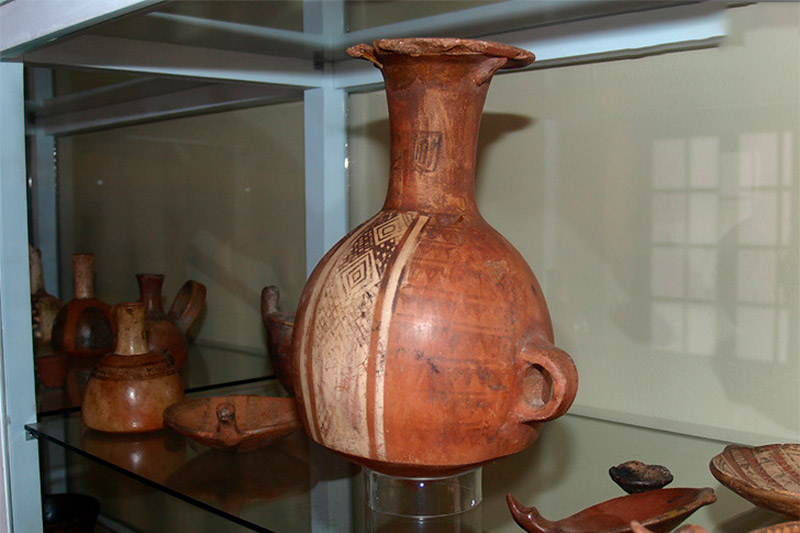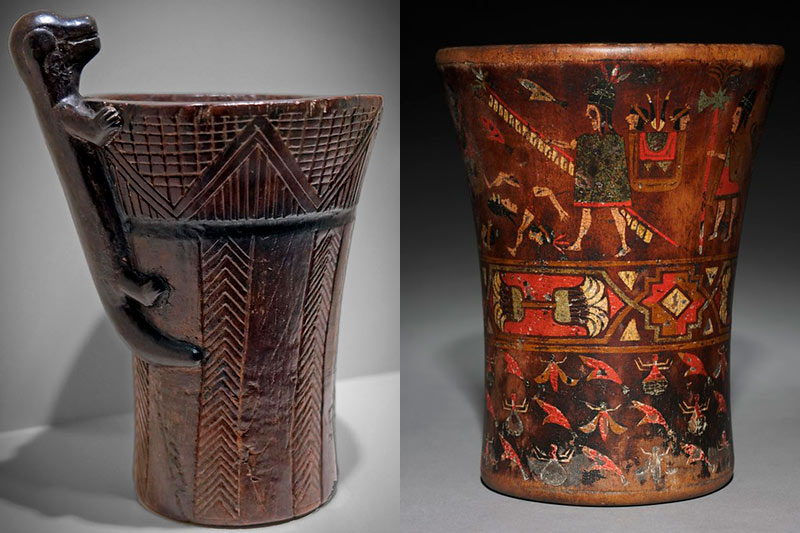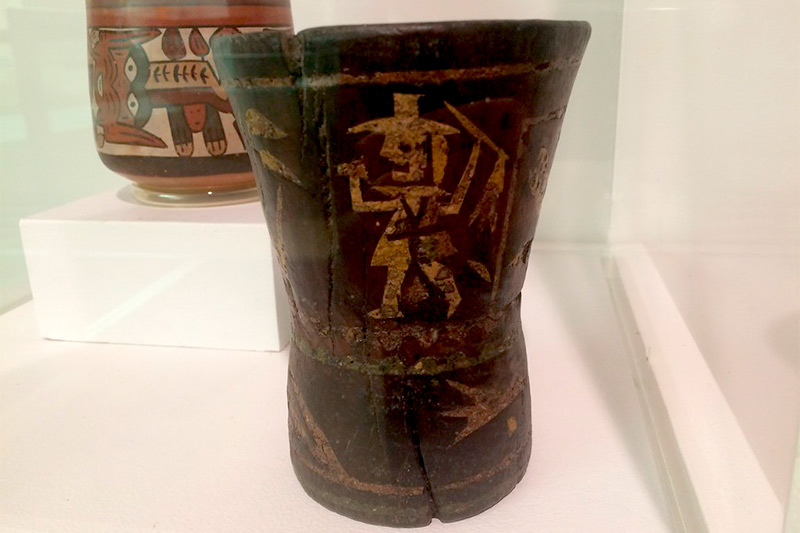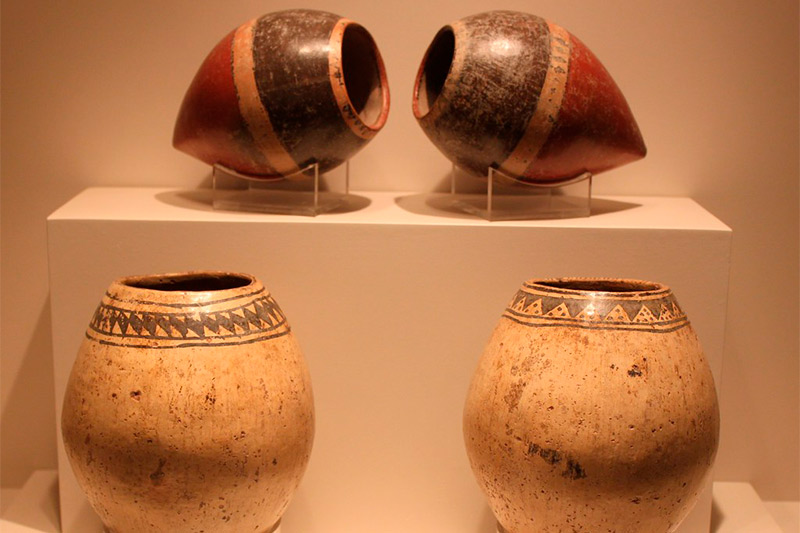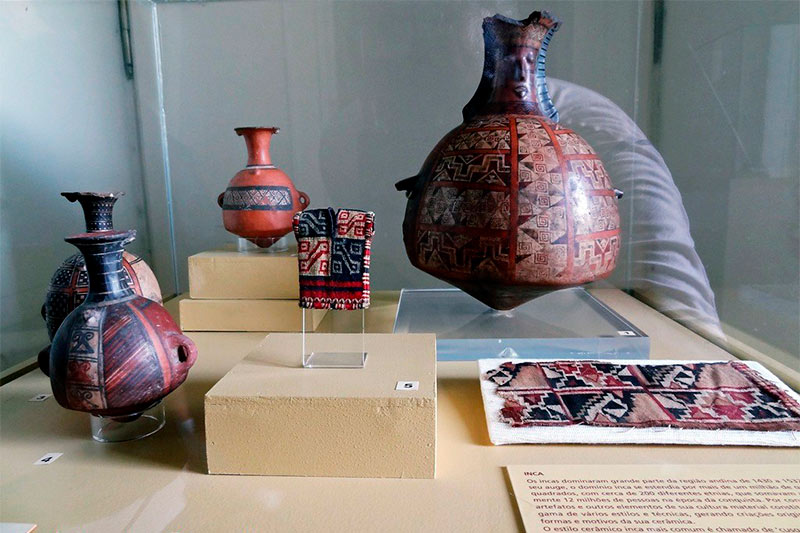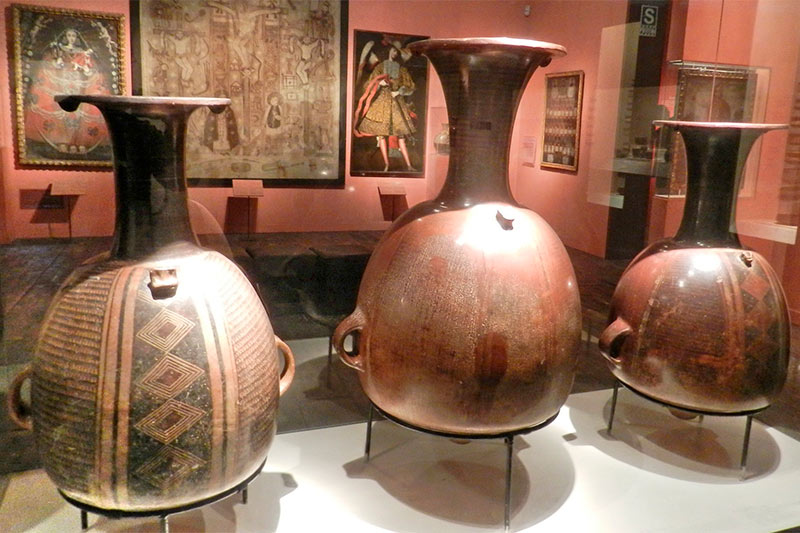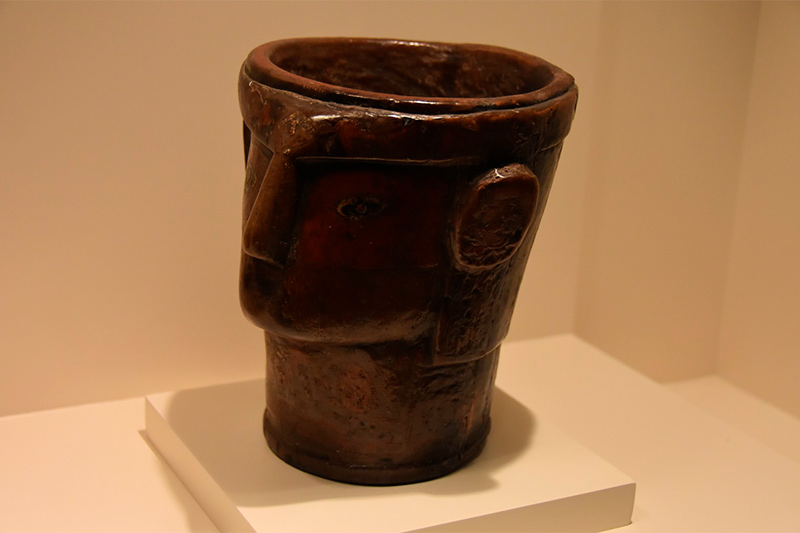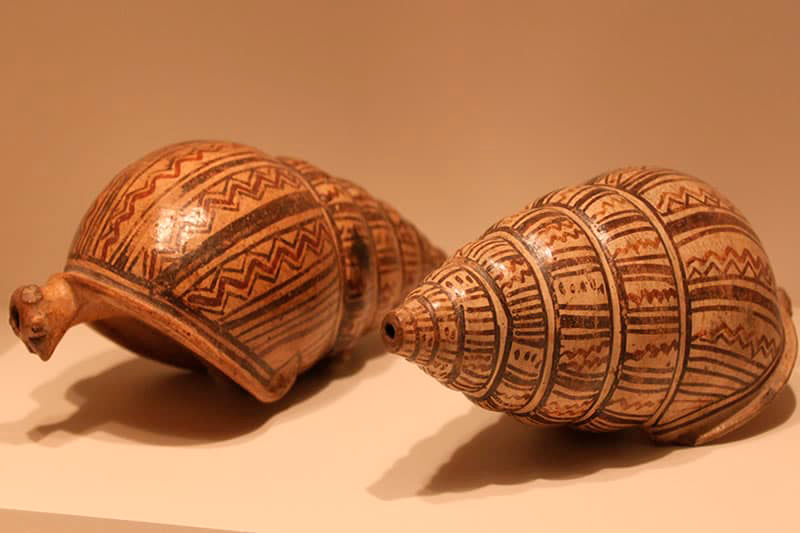Inca Pottery
Pottery was an important piece to discover the cultural development that a culture reached. The Incas adopted the pottery techniques of their ancestors, mainly the Andean cultures Wari (XIII century) and Tiahuanaco (XII century). Many of the inhabitants of the Inca state were potters. These worked almost entirely for the nobility, these people did not have to worry about food or clothing, since all this was supplied to them from the colcas (warehouses) of the empire.
- What were its characteristics?
- Inca pottery: summary
- Who produced them?
- How was your decoration?
- What were the differences of Inca ceramics?
- What were the most used ceramics?
- Inca ceramics image gallery
- Where to see Inca pottery on the trip to Cusco?
Ceramics was the art most developed by Andean cultures. Long before the Tahuantinsuyo empire flourished, people in these regions worked clay for several thousand years. As well; When the Inca empire was founded, there were already a large number of quite experienced potters.
What were its characteristics?
- Although they used many colors, the preferred ones were black, white, red and orange. The Incas had a preference for geometric designs, with bars, diamonds, circles and triangles predominating.
- The most common forms are the aríbalo and the queros, although the latter appeared long before the Incas. These latter ceramics were also made of metal and wood.
- A wide variety of shapes are known, both fine ceramic and non-decorated domestic. With conical base, containers with side handles, tripod pots, plates with handles and painted inside.
- Pottery was a fusion of the styles of the local towns with the style of the Inca empire. The Inca empire covered part of the current countries of Peru, Chile, Colombia, Ecuador, Bolivia, Chile and Argentina.
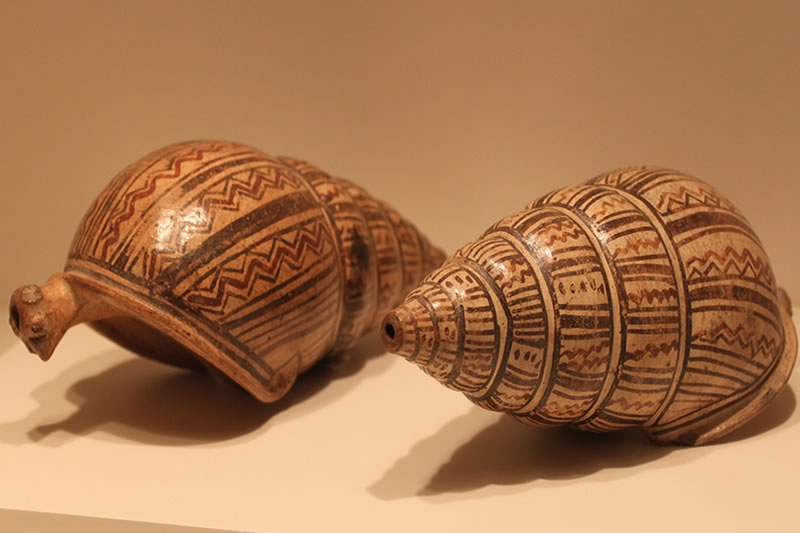
Inca Ceramics – Pututus or Whistles in the shape of a Snail
Inca pottery: summary
| Ceramics in the Inca era | |
| Background | Wari and Tiahuanaco influence. |
| Materials | Clay, wood, silver, and even gold. |
| Colors | Red, black, gray, pink, white, orange, purple, and yellow. |
| Decoration | The Incas preferred zoomorphic and geometric designs. |
| Uses | Mass production for everyday use. Fine pottery was used in important religious ceremonies. |
| Typical Designs | His favorite designs were the aríbalo and the quero. |
| The Aribalo | Pitcher with a conical base that supports a pitcher with an elongated neck. It was used to serve chicha in important religious ceremonies. |
| The Quero | The kero was the wooden ceremonial vessel used in the most important festivals and rituals of the Incas. It is characterized by its wide shape at the mouth and narrow at the conical base. |
Who produced them?
- Inca pottery was characterized by its mass production. Its production was due to a need for the people and the elite. Archaeological findings evidenced an enormous number of molds that allowed them a standard of mass production.
- The pottery wheel was not used in artisanal manufacturing. The manufacture of Inca ceramics was somewhat simpler, most potters molded their work with their hands. Fine pottery was intended for the Inca elite. Instead, popular pottery was intended for the people and was made in-house.
- In other cases, the clay was placed on a round plate that was then rotated; To obtain a finer finish, the Inca potters used smooth stones. Another way was to sink stones and molds against the clay mass, on a metal plate.
How was your decoration?
- Most of the Inca pottery was utilitarian and domestic, but there was also ceremonial; It was used in celebrations and religious rites. This ceramic was specially decorated for this function with numerous designs and motifs, including felines, snakes, birds, jaguars, alpacas, llamas, bees, butterflies, geometric designs; also with human forms and mythological beings.
- All the crafts of the empire had something in common, although the designs varied from one village to another, it was possible to identify to which village a certain ceramic belonged. For example, there are differences in color and the material used in the ceramics found at Machupicchu in Cusco and at the Pachacamac sanctuary in Lima.
What were the differences of Inca ceramics?
- Ceramics from the north of the empire – The first current derives from the Chimú culture (a town conquered by the Incas in northern Peru) reminiscent of the Mochicas (ancestors of the Chimus famous for their ‘erotic huacos’). This pottery is very noticeably characterized in the shiny black ceramics, made by potters from the northern coasts of the empire, exactly in Chanchan and Lambayeque. It has handles as stirrups with a fine finish, with zoomorphic and anthropomorphic motifs. However the mass produced pottery was of lower quality.
- Inca ceramics of Andean origin – In the second stream, it is possible to appreciate a greater degree of originality, the designs are clearly Inca and different from any other. This type of pottery was inherited from the Andean cultures Wari and Tiahuanaco. However, it is suggested that the potters were of Nazca origin (a pre-Inca culture famous for its high-quality ceramics) established in high areas. Pottery is characterized by the introduction of a new shape, known as aríbalo, they were globular jars with an elongated neck.
What were the most used ceramics?
- El aríbalo – Inca pottery with two handles on the sides of its bulky body. At the base of the neck it has a knob or button with the shapes of human or feline heads. Its base is conical, so it had to be settled in a hole or hole in the ground, to keep it standing. This shape made it easier to tilt it to pour its contents and prevented it from being damaged when returning it to its original position. Similar to amphorae of classical antiquity. The Aríbalo was used to transport water and other liquids.
- El quero – El Kero was a pottery from the Inca culture, a kind of glass in which it used to drink liquids like the traditional chicha de jora. It was also made of metal or wood, and was used in Andean celebrations and rites. The Quero was used as a ceremonial container, by the people of the Tiahuanaco culture and by the Incas, in important religious celebrations. They were hand painted and decorated with precious stones. More domestic versions were widely used in different Andean cultures.
- The plate with handle – As the name implies, these dishes had the function of being a support for food cooked on fire. Its main feature is its circular shape with a handle decorated with zoomorphic figures. It was mainly made of wood so it was very useful for the population. Its colors were characteristic of the Incas: dark, cream and reddish tones. The round plate used to be adorned with drawings of fish, cats and geometric figures.
- The tripod pot – The tripod pot, like Inca ceramics in general, is inherited from the predecessor Andean cultures that used this utensil for cooking food (the three tall pieces served as support by the fire). This piece was mainly made of clay although it could also be made of wood. The decoration was mainly geometric and zoomorphic (for the Inca elite) and simple and monochrome for the common population.
Inca ceramics image gallery
Where to see Inca pottery on the trip to Cusco?
- At the Casa Concha museum – An old colonial house that houses hundreds of Inca ceramic pieces found during the Machupicchu excavations and that were returned by Yale University in the United States. It is located on Santa Catalina street, a few meters from the main square.
- At the Pre – Columbian Art Museum – This museum brings together ceramic pieces (and other goldsmiths, textiles, and more) from the Incas and all their predecessors: the Nazca, Chimú, Mochica, Wari, Tiahuanaco, and more. The 10 rooms that make up this collection are divided by used materials (wood, seashells, silver, etc.). The museum is located on Nazarenas street in the historic center.
- In the Coricancha museum – This museum gathers the ceramic pieces as well as textiles, metallic objects, silver, gold and textiles found in research works in the famous Coricancha temple the most important religious temple in the entire Inca empire. It is located next to the same archaeological site of the Qoricancha, on Avenida El Sol.
- In the Inca museum – Cultural Center of the National University of Cusco that houses a collection of Inca queros from the 17th and 18th centuries. It is located in the famous colonial house of the Admiral, a few steps from the Plaza de Armas of the city.
By Ticket Machu Picchu – Last updated, August 15, 2024
